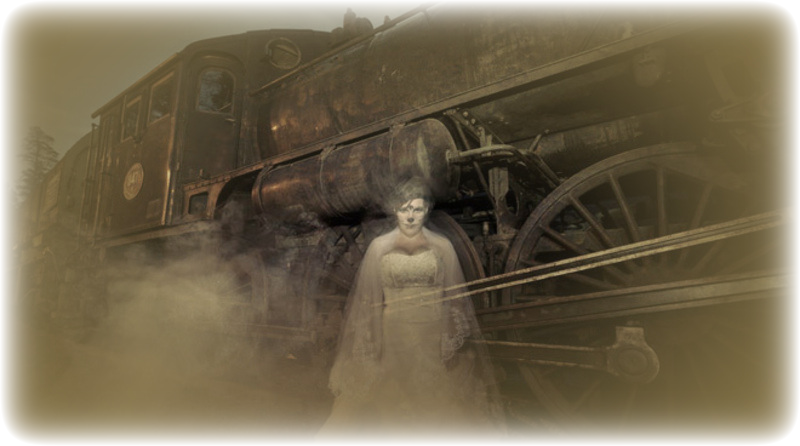
Arrival cases are the appearance of a person in advance of his actual arrival. The arriving phantom appears in the same clothing worn by the person at the time. Observers, believing the individual to be physically present, may speak to the phantom, and it may respond. The projecting individual usually is not aware of appearing in a distant location until he or she is told about it.
There are various explanations made for arrival cases. The most likely is that the individual somehow projects a double, which is perceived as his solid, real self. Another is that the individual projects himself out-of-body (see Bilocation). Still another suggests that arrival cases occur in a quirk of time—a duplication of an event in time.
American author Mark Twain described his own arrival case experience. At a large reception, he spotted a woman whom he knew and liked. He lost sight of her in the crowd, but met her later at supper. She was dressed in the same clothes she had worn to the reception. However, the real woman was on board a train en route to the town where the party was being held—she hadn’t yet physically arrived. Twain apparently had seen her double or a phantom duplicate of her.
Arrival cases were collected and studied by the early psychical researchers, the founders of the Society for Psychical Research (SPR) in London, in the late 19th and early 20th centuries. The key researchers—Edmund Gurney, Frederic W.H. Myers and Frank Podmore— chronicled arrival cases in their exhaustive survey Phantasms of the Living (1918). In some cases, intent and state of mind seem to be relevant factors—for example, a person is expected to arrive, and in transit is intent on getting there. Or, a person contemplates an activity in another location. Phantasms cites the case of a young girl whose arrival apparition was seen in a grove shortly before she actually arrived to commit Suicide by hanging herself. The girl’s intense emotional state may have contributed to the projection of her double in advance of her act.
In the Highlands of Scotland, the term for arrival cases is “spirits of the living.” Highlanders believe arrival apparitions are visible only to those with second sight (see Clairvoyance).
In Norway, the arrival case phenomenon is called Vardøger, which means “forerunner.” One unusual Vardøger case occurred in Oslo to Erikson Gorique, an American importer, in 1955. For years, Gorique had wanted to go to Norway, a country he had never before visited, but was forced to keep postponing the trip. In July 1955, he was at last able to make the trip, to look for china and glassware.
He did not decide on his hotel accommodations until he arrived in Oslo and inquired which hotel was the best. Much to his astonishment, he was greeted by name by the hotel clerk upon his arrival to check in. The clerk told him it was nice to have him return. When Gorique protested that he had never before been at the hotel or in Norway, the puzzled clerk insisted that he could not mistake Gorique’s unusual name and American appearance. He said Gorique had stayed at the hotel several months earlier and had made reservations to return in July.
Gorique was more astonished when he visited a wholesale dealer, who also greeted him familiarly, saying it was a pleasure to have him back to conclude business that had been initiated on his previous trip. Gorique expressed his confusion, whereupon the dealer nodded knowingly and explained the Vardøger phenomenon: it is not uncommon in Norway, he said.
SEE ALSO:
FURTHER READING:
- Gurney, Edmund, Frederic W. H. Myers, and Frank Podmore. Phantasms of the Living. London: Kegan Paul, Trench, Trubner & Co. Ltd., 1918.
- Knight, David C. The Moving Coffi ns: Ghosts and Hauntings Around the World. Englewood Cliffs, N.J.: Prentice-Hall, 1983.
SOURCE:
The Encyclopedia of Ghosts and Spirits– Written by Rosemary Ellen Guiley – September 1, 2007
